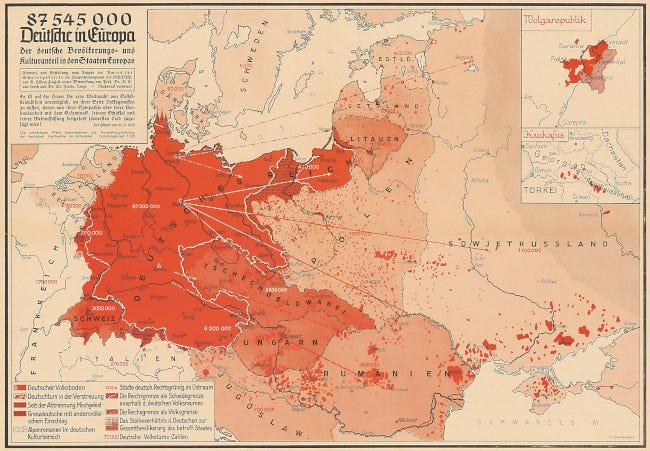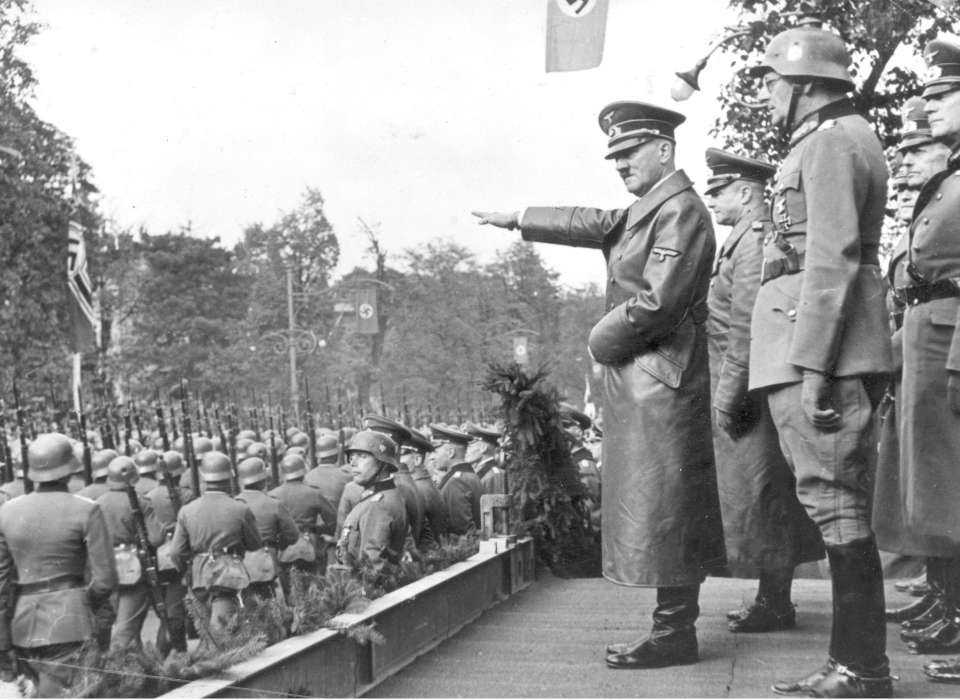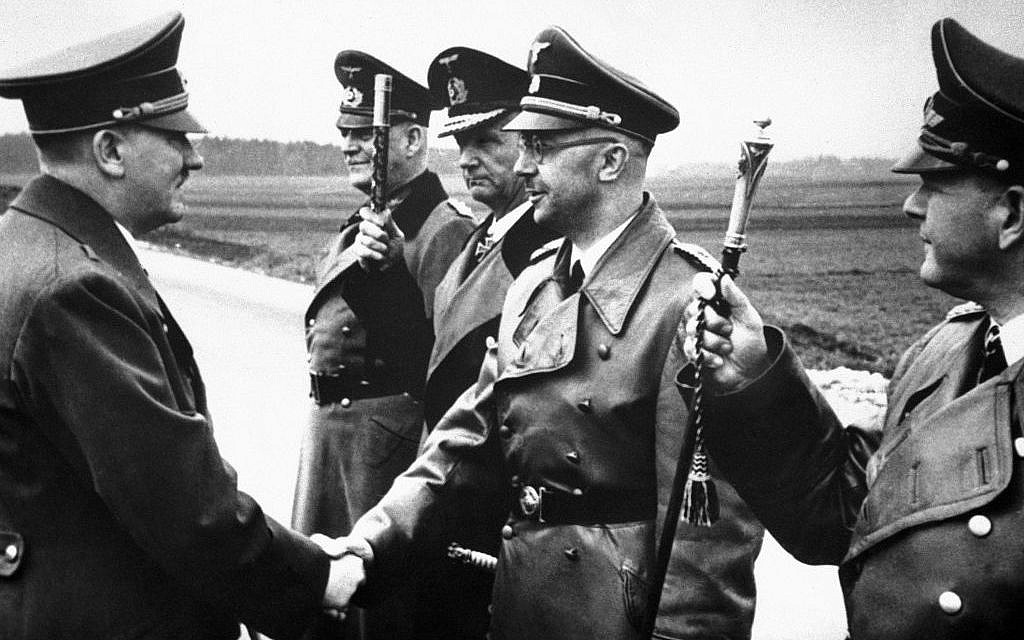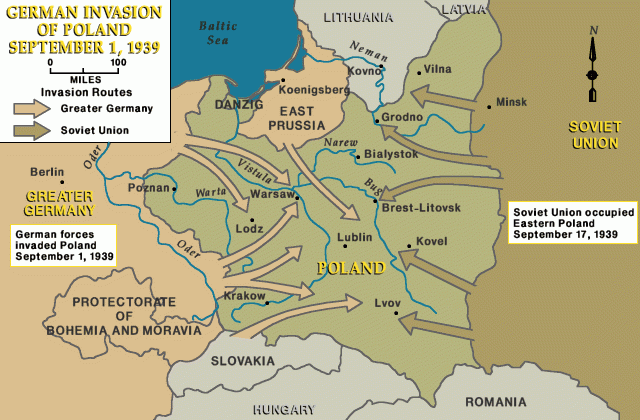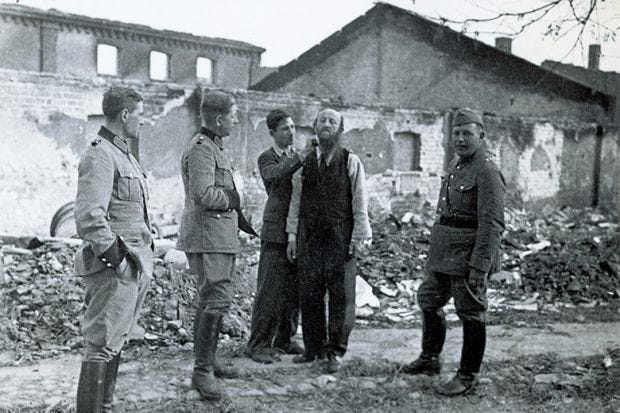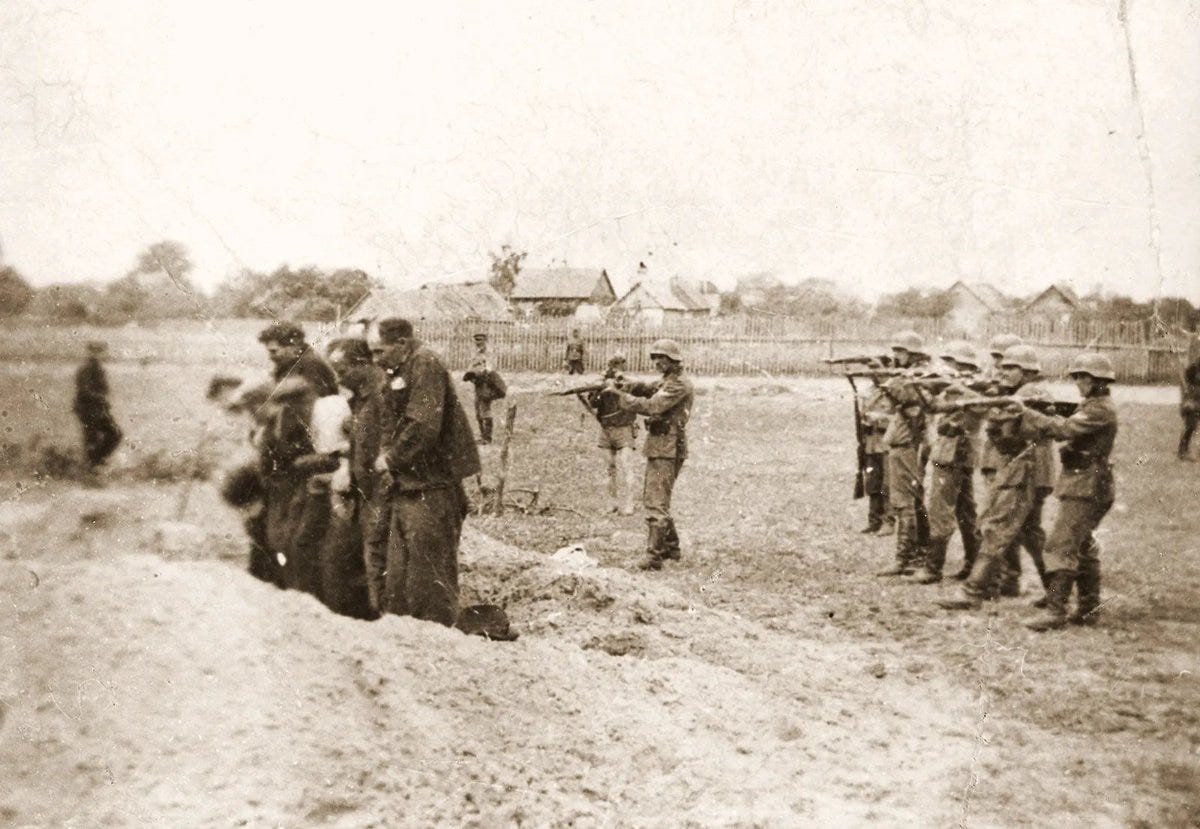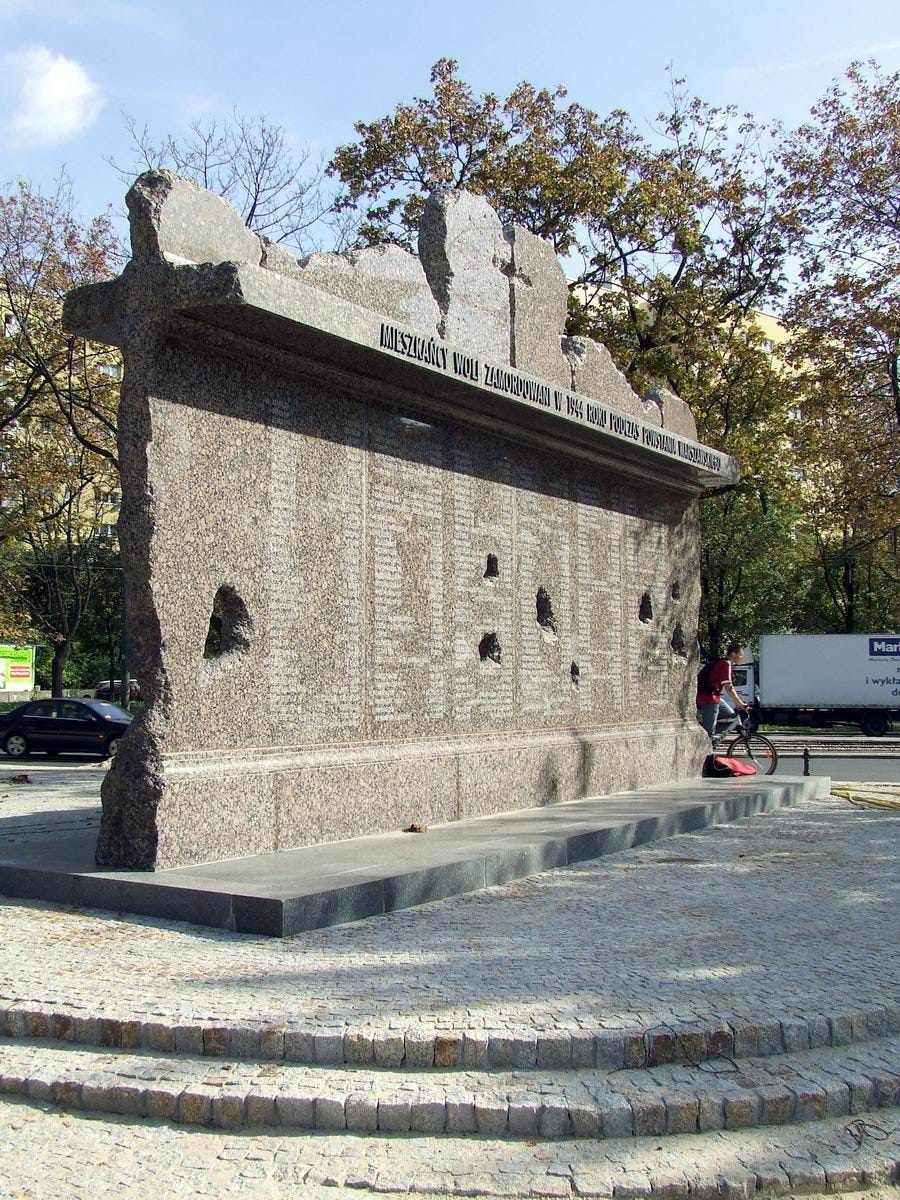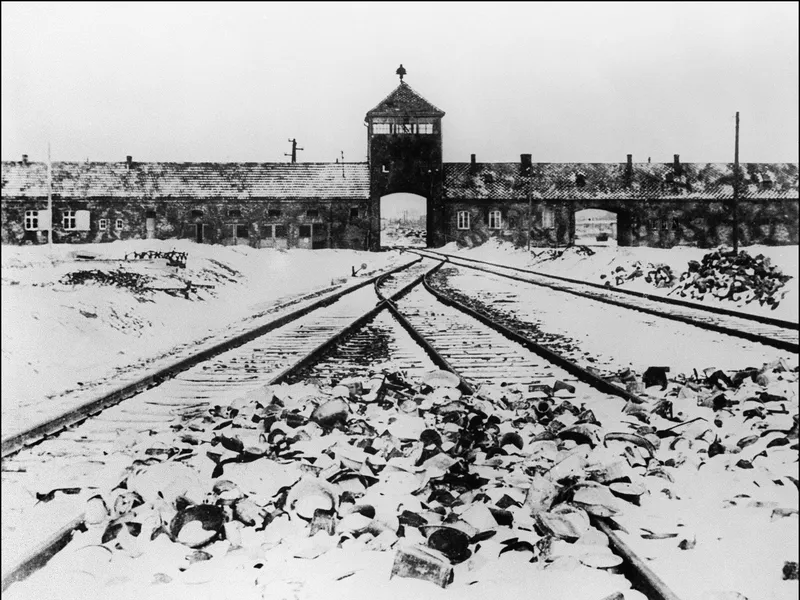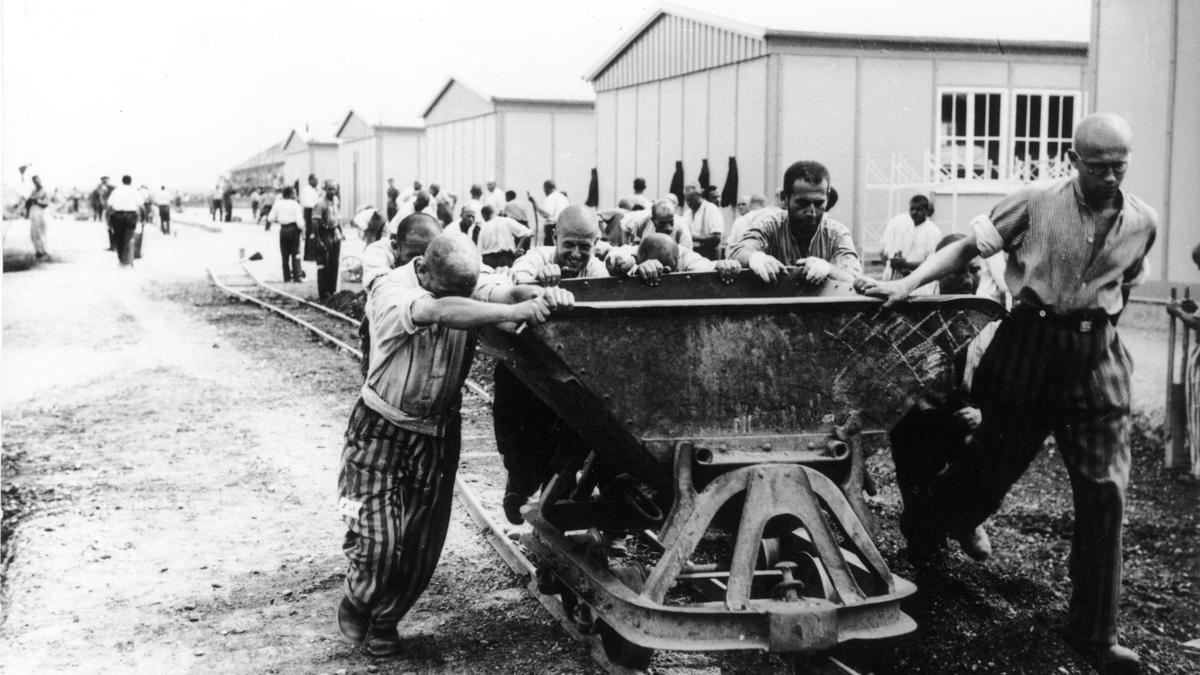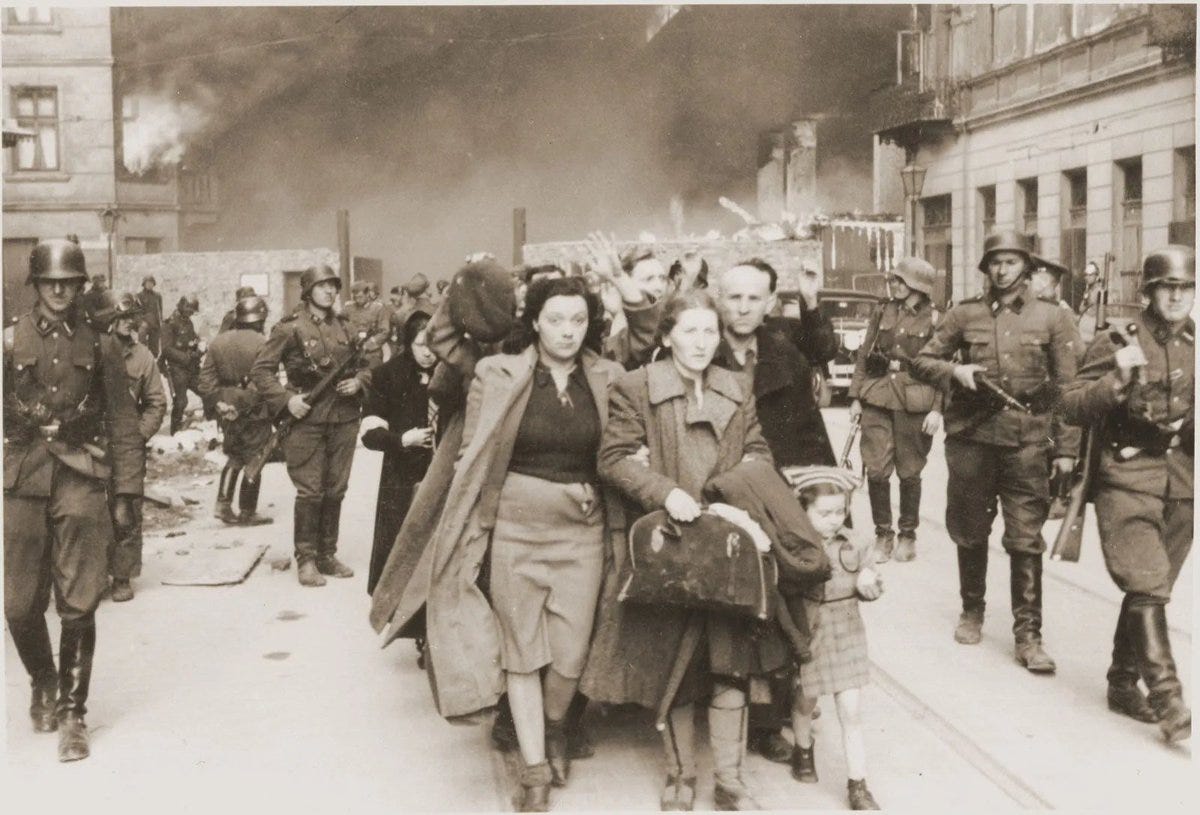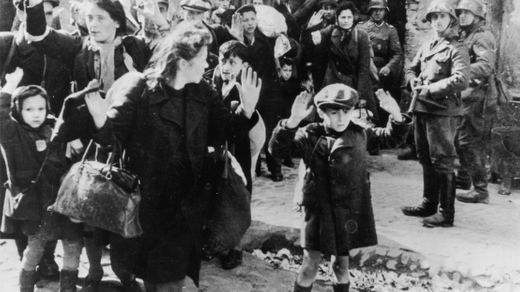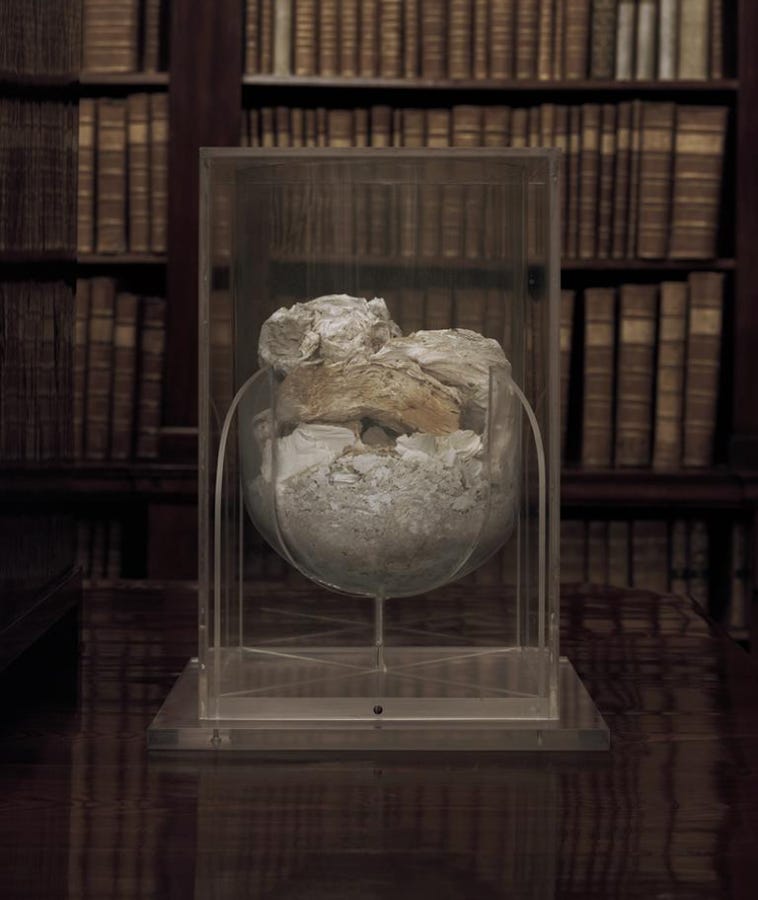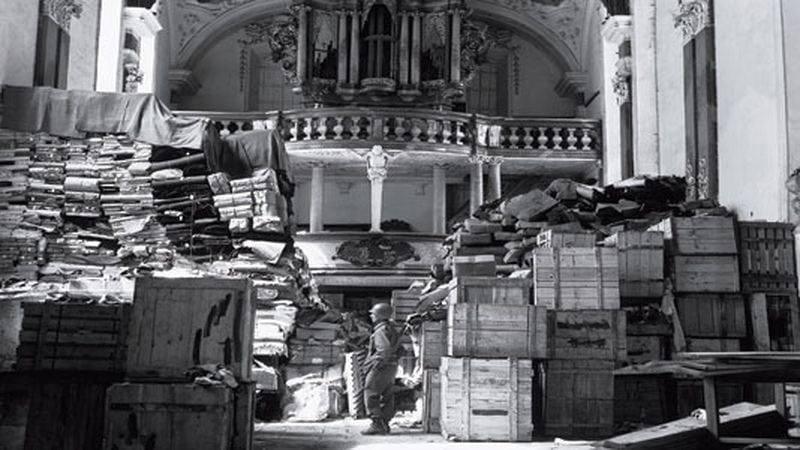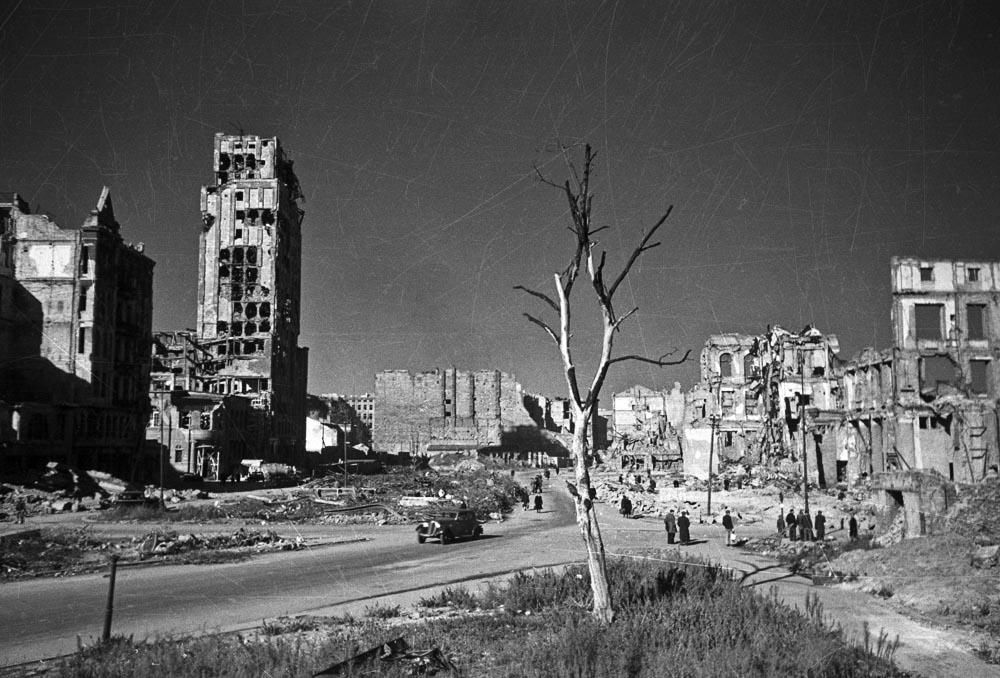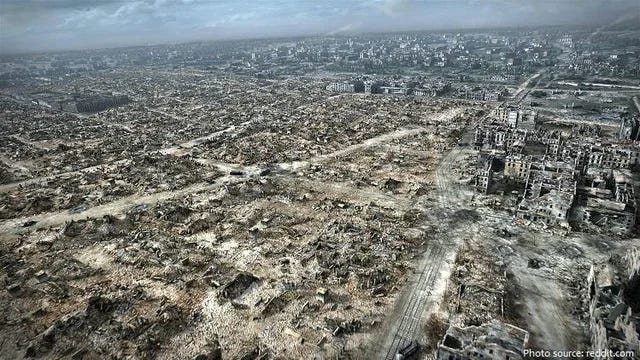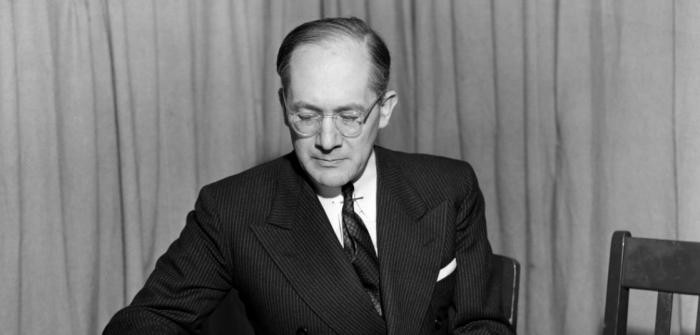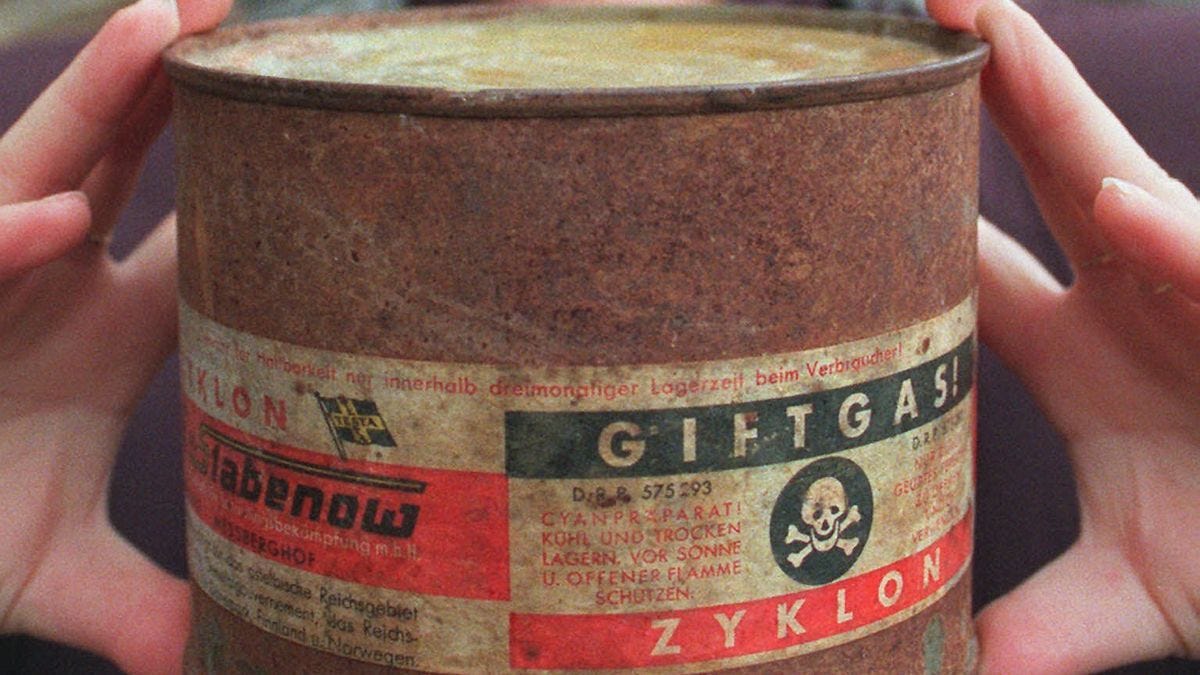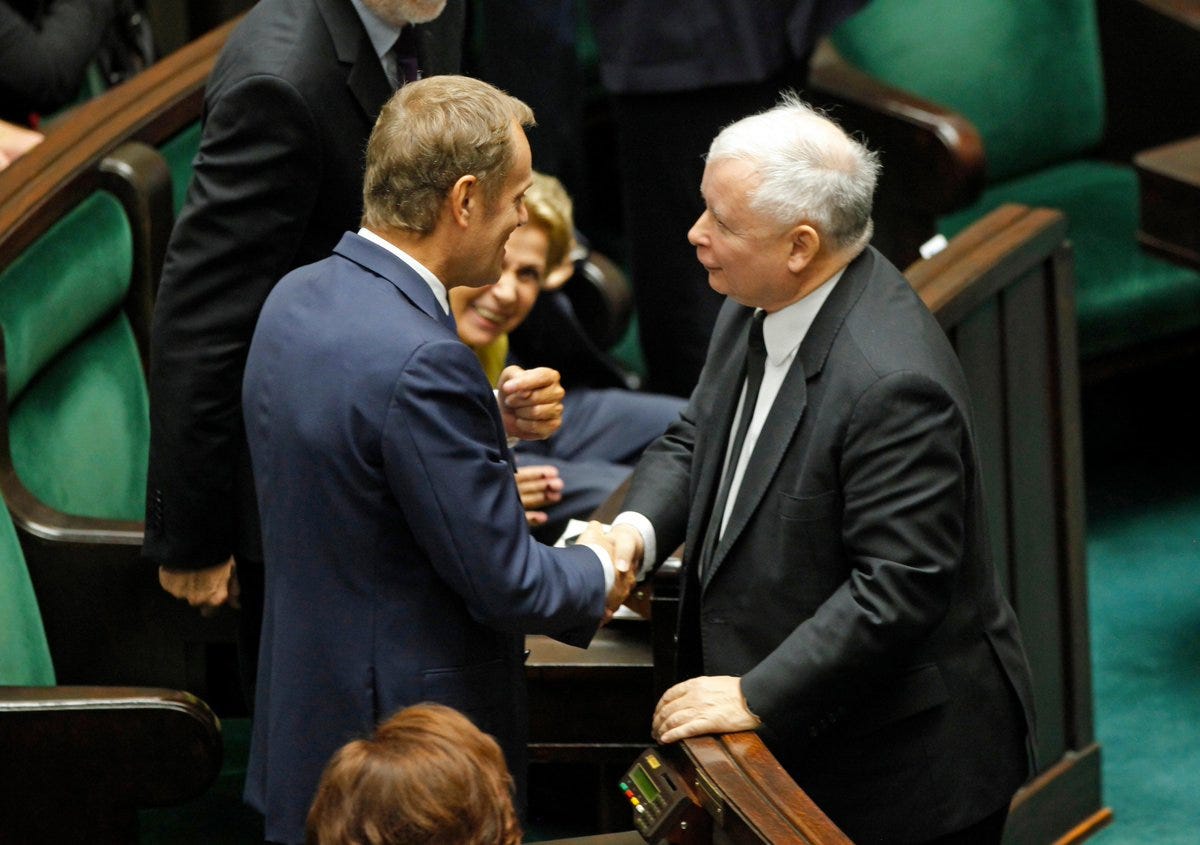The Polonocide
Surprisingly, the Polonocide is STILL the largest unrecognized genocide in Europe.
Germany planned the total extermination of Poles: ethnic Poles as well as Polish Jews.
~3 million Polish Jews AND ~3 million ethnic Poles died as a result of the BEGINNING of the operation.
In the Obersalzberg Speech (22 August 1939), just before the invasion of Poland, Hitler gave explicit permission to his commanders to murder "without pity or mercy, all men, women, and children of Polish descent or language."
He viewed Poles as racially inferior and subhuman.
Part of the motive for the genocide was Hitler’s policy of Lebensraum ("living space"), intending to expand German territory eastward into Poland and the Soviet Union, displacing the local populations or reducing them to slave labor.
Obersalzberg Speech, Adolf Hitler, 1939, on Poland:
“I have issued the command – and I'll have anybody who utters but one word of criticism executed by a firing squad – that our war aim does not consist in reaching certain lines, but in the physical destruction of the enemy.
Accordingly, I have placed my death-head formation in readiness – for the present only in the East – with orders to them to send to death mercilessly and without compassion, men, women, and children of Polish derivation and language.
Only thus shall we gain the living space (Lebensraum) which we need. Who, after all, speaks today of the annihilation of the Armenians?”
On 7 September 1939, Sicherheitsdienst (German secret services) head Reinhard Heydrich stated that all Polish nobles, clergy, and Jews were to be murdered.
Heinrich Himmler to commanders, March 15, 1940:
“All Polish specialists will be used in our arms industry. Later, every Pole will disappear from this world. It is imperative that the great German nation considers the extermination of all Poles as its main task.”
The genocide began with the invasion of Poland on September 1, 1939, which marked the start of World War II. The swift and brutal campaign was followed by the division of Poland between Nazi Germany and the Soviet Union as per the Molotov-Ribbentrop Pact.
Methods of genocide against the Polish nation: lots of creativity.
- Mass Executions
- Concentration and Extermination Camps
- Forced Labor (slavery)
- Ghettos and Starvation
- Germanization of Polish children
Mass Executions: the Einsatzgruppen, SS, and Wehrmacht carried out mass killings of Polish intellectuals, politicians, and clergy in operations intended to decapitate Polish cultural and leadership strata.
In the first three months of war, from the fall of 1939 until the spring of 1940, some 60,000 former government officials, military officers in reserve, landowners, clergy, and members of the Polish intelligentsia were executed region by region in the so-called Intelligenzaktion.
Summary executions of Poles were conducted by all German forces without exception including, Wehrmacht, Gestapo, the SS and Selbstschutz.
A secret list identified more than 61,000 members of the Polish elite: activists, intelligentsia, scholars, clergy, actors, former officers and others, who were to be interned or shot.
In the Intelligenzaktion Pommern, a regional action in Pomeranian Voivodeship, 23,000 Poles were killed.
The systematic killing of around 40,000–50,000 Polish civilians and enemy combatants by Nazi German troops during the Warsaw Uprising of summer 1944.
Concentration and Extermination Camps: many Poles were deported to Nazi concentration camps. Camps like Auschwitz began as places for political prisoners and expanded to become sites of mass extermination: 74,000 ethnic Poles were killed in Auschwitz.
Forced Labor: Many ethnic Poles were subjected to forced labor in German industries and agriculture, often under brutal conditions that led to high mortality rates. Some 3 million Poles were sent to perform slave labor in the Reich, many of them teenage boys and girls.
Girls as young as 15 years old, who were ostensibly classified as "suitable for agricultural work in Germany", were sexually exploited by German soldiers at their places of destination.
Ghettos and Starvation: Jews, a significant part of the Polish population, were confined in ghettos where starvation, disease, and killings were rampant, culminating in the Holocaust.
Germanization: Polish children with "Aryan"-like characteristics were abducted and subjected to "Germanization" processes.
The Nazis aimed to erase Polish culture through the closure of schools, universities, and cultural institutions; the Polish language was suppressed, and significant efforts were made to eradicate Polish history and national identity.
Ashes of the Polish National Library:
On former Polish territory, Germany destroyed 25 museums, 35 theatres, 665 cinemas, and 323 community centres. Library losses amount to 66%. Collectively, the German occupant ransacked 516,000 individual pieces of art.
Germany also destroyed 17 Polish institutes of higher education, 271 secondary schools, 4880 common schools and 768 other schools.
After the war, the massive loss of life and the destruction of Poland’s infrastructure and economy took decades to recover from.
Warsaw was completely destroyed: 700,000 civilian deaths were caused by Germany, and 90% of the city was destroyed.
Here is Warsaw's royal palace, after German modifications:
Germany also destroyed 352 Polish hospitals, 29 anti-tuberculosis sanatoriums, 47 insurance societies, 778 health centres and outpatient clinics, and 1450 doctor and dental clinics.
Plans for the mass transportation and possible creation of slave labor camps for up to 20 million Poles were also made. Lots of German companies profited from Polish slave labor.
It is Raphael Lemkin (1900 – 1959), a Polish lawyer of Jewish descent, who coined the term of “genocide” to describe Nazi Germany's extermination policies against Jews AND ethnic Poles, and campaigned to establish the Genocide Convention.
Yet even when the German press writes that "6 mln people, almost 18% of the Polish population, were killed during the Nazi reign of terror that saw mass executions, forced evictions and enslavement", it is vague, and it is never about ethnic Poles.
The genocide and broader sufferings of the Polish people during World War II have been recognized in historical studies, but no formal recognition has ever happened at the diplomatic level.
Here are the countries that have recognized the Holomodor (genocide of Ukrainians by the Soviet Union):
And here, are the countries that have recognized the Polonocide:
Do you see this blank space?
That’s it. That’s the map.
But here is the best part. Let me blow your mind.
Below is a map of the countries asking for recognition of the Polonocide:
Yes. ALL Polish political parties betray the Polish people, and sabotage Polish interests regarding this matter.
Asking for reparation without raising international awareness about the facts was a demagogic diversion. The objective was to yell for internal political purposes. They all talk about “war losses”. I never hear the word “genocide”.
The task has always been too difficult for all Polish governments, who never had a sovereign international strategy.
They were satisfied to react to the international conjuncture and mitigate the risks instead of implementing their own strategy.
It also illustrates their incompetence in all matters requiring more advanced political skills.
A consequence of the numerous massacres that Poland has suffered is that it has been left without a competent elite, after all.




